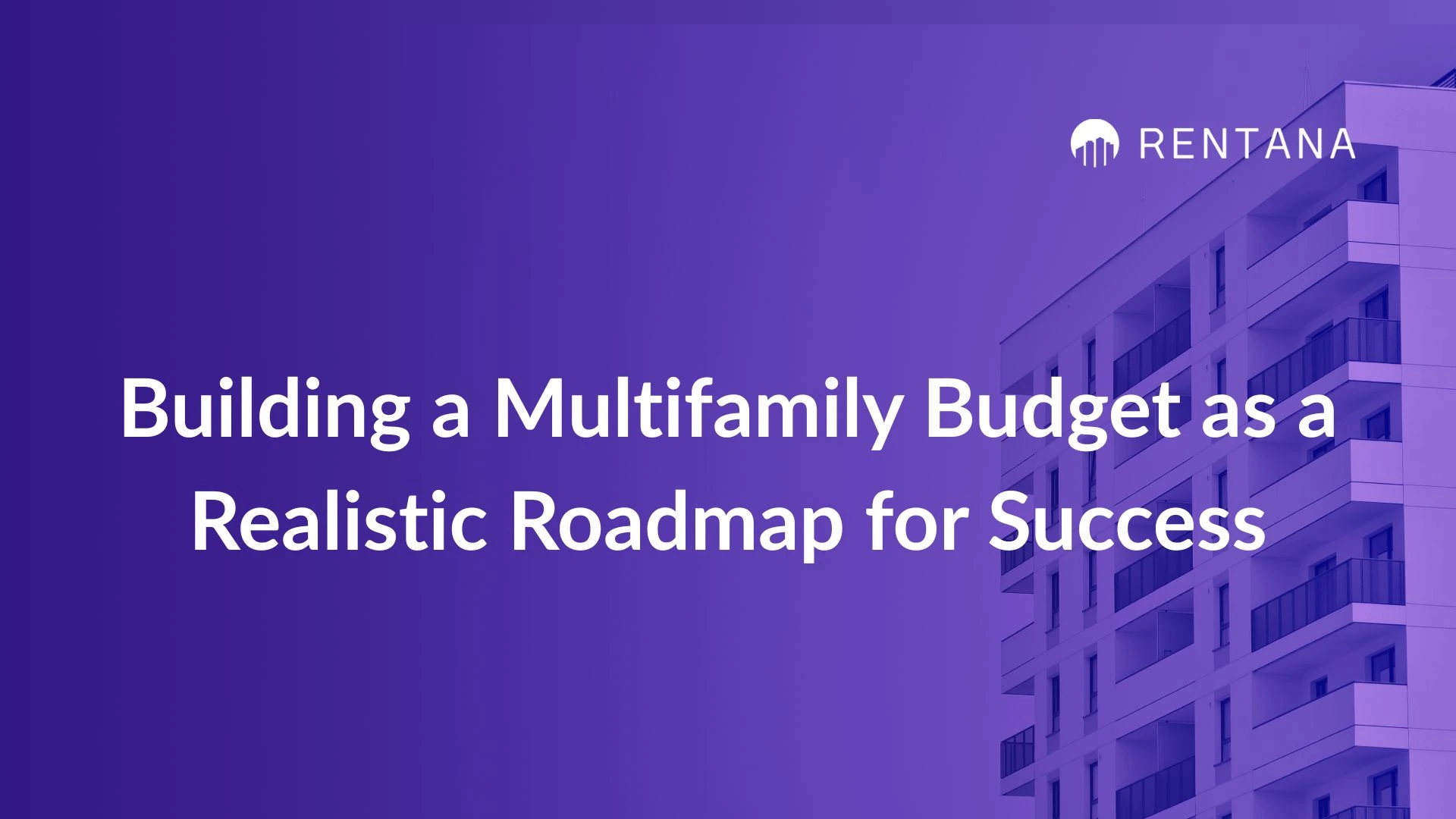




Budget season is in full swing. Operators are spending hours building budgets that project a healthy, profitable year with no surprises.
But the multifamily industry is full of surprises.
Budgets fall apart when they’re built on gut feel or wishful thinking. The result is reactive spending and missed goals.
A good budget is grounded in real data, stress-tested models, and enough flexibility to turn surprises into manageable pivots.
Related: How Multifamily Operators Are Using AI Analytics to Prepare for 2026 Budgets
When you look back at your 2025 budget, what didn’t work?
Here are the most common budgetary misses:
Labor costs are easy to underestimate. Promotions, transfers, turnover, and cost-of-living raises add up. Take a realistic view of your payroll and plan for these likely scenarios.
Averages obscure insight. When reviewing performance, look at the full dataset – not just averages. For instance, when analyzing leasing data, sort it by marketing source, agent performance, and unit type to reveal what’s really driving results. Trim marketing spend where it doesn’t drive velocity; expand where it does.
Also, don’t ignore external factors:
· Are new comps coming online?
· Is a competitor renovating?
· Did a major employer expand nearby?
Uncovering these internal and external insights helps you create realistic projections instead of relying on flat increases and guesswork.
Some line items are within your reach. Others, like interest rates and insurance costs, aren’t. Prepare accordingly. For starters, budget your debt service with a healthy cushion, and use your insurance-renewal offer as a baseline to plan for a notable increase.
By the same token, chasing out-of-reach targets can destabilize occupancy and erode NOI.
When operators overestimate rent growth or leasing velocity, they race to cover the exposure – typically blowing out their marketing budgets and pulling hard on the concession lever. Find the balance between rent growth, occupancy, and retention; push too hard on one leg, and the other two wobble.
Recommended: 7 Best Asset Management Reporting Software for Multifamily
Instead of going all in on overly lofty goals, start with what you know.
Goals need to be attainable. Run your goals through your data and see what happens. When you use predictive data and actuals to construct your budget’s framework, you can see how achievable your goals are.
For example: Maybe you look at your NOI and occupancy goals, and when you take into account your leasing velocity trends, you decide to lower your rent-growth projections in favor of stronger occupancy.
Accordingly, you decide to push your retention goals. The steady occupancy allows you to reduce marketing spend – freeing up funds for some payroll increases you discovered.
Just like how you uncovered hidden costs when reviewing your data, you can uncover hidden opportunities when reconciling your goals with the data. This upgrades your budget from wish list to playbook.
A good plan can be tested. Base your projections on historical rent growth and retention trends. Build three scenarios: base, conservative, and stretch. Include concessions, amenity premiums, and submarket data.
Also, lean on your property team. Combine their insights with your revenue management system to confirm pricing patterns and leasing goals. Align with facilities on maintenance needs and upcoming projects.
Finally, stay flexible. Even with solid data and teamwork, surprises happen. A strong budget allows for adjustments and becomes a realistic, actionable roadmap for the year ahead.